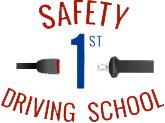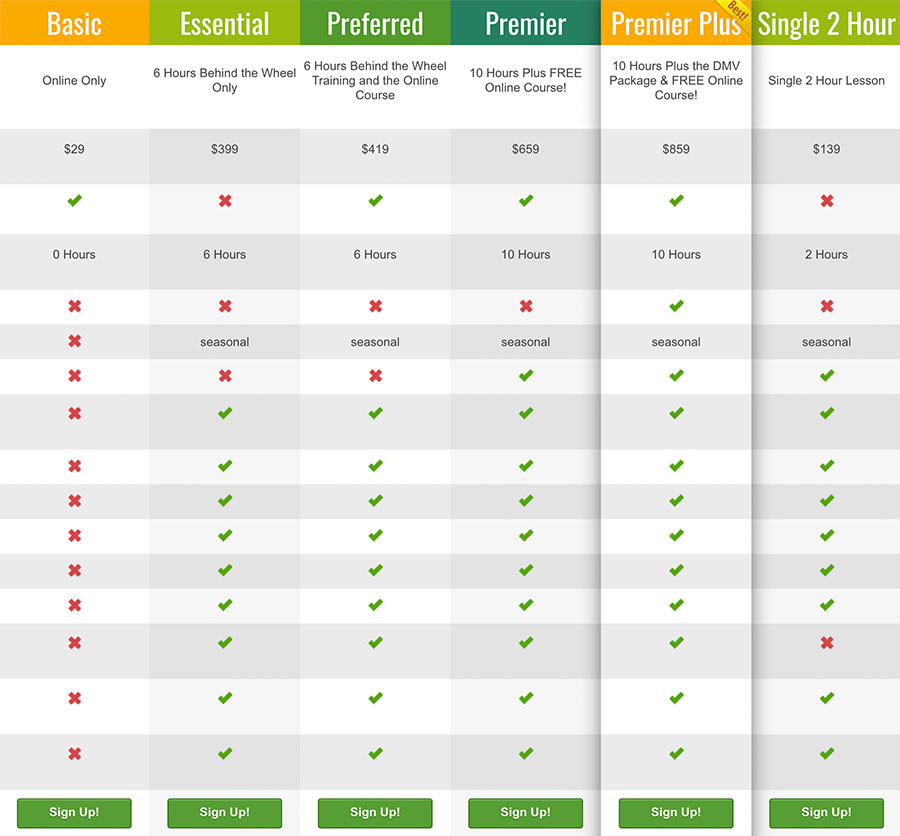Ever wanted to pull a Kramer and test drive a car just to see how far you can get on one tank of gas? (Not a fan of “Seinfeld”? Nevermind.)
Well, most of us have been in that predicament at one time or another: the gas tank is getting low, perhaps the gauge is now pointing to “E” and the little light comes on…how much longer do you have before you’re calling Roadside Assistance? Can you make it to your next destination? What if you’re stuck on the 405?
First things first. We at Safety 1st want to keep all Orange County drivers safe, so we don’t advocate playing chicken with your gas gauge. We always recommend exiting the freeway and/or finding the nearest gas station so you don’t end up stranded or pulled over on a freeway or busy street. Recently a man was struck and killed while changing his tire on the shoulder of a freeway offramp.
Driving on Empty Can Ruin Your Fuel Pump
Most if not all auto mechanics recommend not letting your gas tank get too much lower than 1/4 full. Here’s why:
A vehicle’s fuel pump brings gasoline from the tank to the engine and is lubricated by the fuel in the gas tank. Once your gas starts to run out, there is nothing left to lubricate or cool the pump, making it work overtime to pull whatever gasoline is left from the bottom of the tank. Over time this can damage the fuel pump beyond repair. This is especially important in sunny Orange County and during the summer months, as heat from the pavement rises and heats up your fuel pump. Low levels of gas means there is nothing to cool it down, causing more damage.
If you’re curious – or a daredevil like Kramer – check out Tank on Empty. Enter the make and model of your car and it will tell you approximately how far you can go once your gas gauge is on “E”.
If you do run out of gas on the road or freeway, the safest course of action is to call Roadside Assistance, or a friend or family member who can assist you. Do not exit your car nearest traffic – remain in your car or get out on the shoulder side of the road if you must. (And NEVER attempt to change a tire on the freeway, even if traffic is light!)
Please be safe, Orange County drivers!


